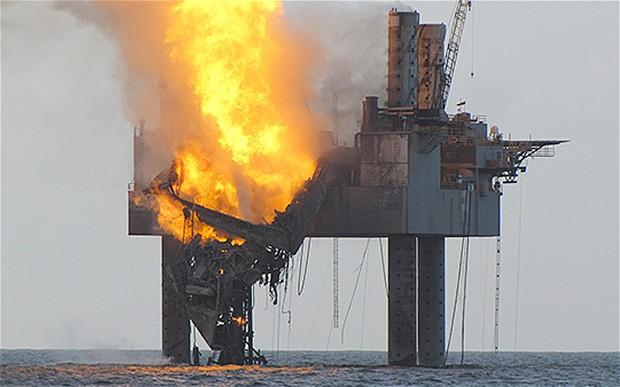
USA VS RUSSIA: DIE ANOTHER DAY

FT. High quality global journalism requires investment. Please share this article with others using the link below, do not cut & paste the article. See our Ts&Cs and Copyright Policy for more detail. Email ftsales.support@ft.com to buy additional rights. As Russia tightens its grip on Crimea, calls have grown for the US to deploy the newest weapon in its strategic arsenal: energy.
Republican politicians, in particular, have been pressing for the administration to relax export restrictions on natural gas and crude oil to challenge Russia's position in world markets.
The appeal is obvious: the shale boom seems to offer the US the potential for a more muscular energy diplomacy, using its resources to exert influence without the need for force.
Unfortunately, the reality is not so simple. The US is still a large net oil importer, and although ending the curbs on crude exports would help boost domestic production the effect is unlikely to be large enough to make much difference to Russia's oil revenues.
A large release from the US strategic petroleum reserve, as hinted at by the sabre-rattling "test" sale announced on Wednesday, might have a greater effect, but it would also hurt the US oil industry and allies such as Saudi Arabia.
For gas, the position is different. As world trade in liquefied natural gas grows, with rising exports not just from the US but also from countries such as Qatar and Australia, international gas markets that have been regionally fragmented are becoming more globalised.
Jason Bordoff of the Center for Global Energy Policy at Columbia University argues that makes it harder for Russia to dominate the European market, because countries there have other sources of supply.
Yet while LNG exports may help erode some of Russia's influence, the claim that they could transform the energy power balance is far-fetched.
The volume of US LNG exports is unlikely to be enough to replace all Europe's imports from Russia. Permits have so far been awarded for five plants to sell up to 8.5bn cubic feet of gas a day to countries that do not have a free-trade agreement with the US, including EU members.
Europe's gas imports from Russia are double that, averaging about 16bn cu ft per day last year, according to the International Energy Agency.
Applications for two dozen more US plants with a total capacity of about 27bn cu ft a day have been filed with the Department of Energy, but most of those are unlikely to be built.
Government permits are not the only constraint. The new LNG plants, which can cost more than $10bn each, also need to raise financing. Only Cheniere Energy's Sabine Pass project in Louisiana has so far managed to secure funding and start construction.
Potential investors also need to think about the consequences of exports for the US gas market. If all the proposed LNG plants went into operation, they would use more than half of current US gas production, pushing up prices and potentially making US exports uncompetitive.
Wood Mackenzie, the consultancy, forecasts that the US will be exporting only about 6bn-7bn cu ft of gas a day by the first half of the next decade.
Moreover, much of the US LNG has been promised on long-term contracts to Asian companies such as Kogas of Korea, Osaka Gas of Japan, and Pertamina of Indonesia.
Some companies, including BG Group and Centrica of the UK, plan to buy US LNG and then ship it to whichever market is most lucrative, but Wood Mackenzie argues that the new plants will typically need to have customers tied up for 70 per cent of their gas if they are to secure financing, and those buyers will generally be in Asia.
That does leave some gas that could be diverted to Europe in the event of a crisis. The spot and short-term market is becoming a more important part of global LNG trade, accounting for 31 per cent of sales in 2012, according to the International Gas Union, an industry group.
Europe has plenty of underused LNG import facilities, which ran at less than a quarter of capacity last year, according to IEA data.
However, unlike Russia, the US has an independent profit-maximising gas industry, and the administration cannot direct where the LNG goes or how much it costs.
"If Europe wants supplies of LNG, from the US or anywhere else, it has to pay for them," says Patrick Heren, an energy consultant.
"And that means competing with Japan, where the price of gas is a great deal higher today than the price in the EU."
Outbidding Japan could mean Europeans paying 37 per cent more for their gas than they now pay for LNG imports, or 63 per cent more than they pay for gas coming by pipeline from Russia. For hard-up countries such as Ukraine, that would turn an energy crisis into a financial crisis.
So while LNG imports will help ease the threat of a repeat of the physical disruption that hit countries from France to Greece in 2009, when Russia cut gas supplies to Ukraine over a contract dispute, they will not make European countries indifferent to their relations with Russia.
Even in oil, which is a fully global liquid market, the world's largest exporter is still a powerful presence, and in gas that is likely to remain Russia for the foreseeable future.





